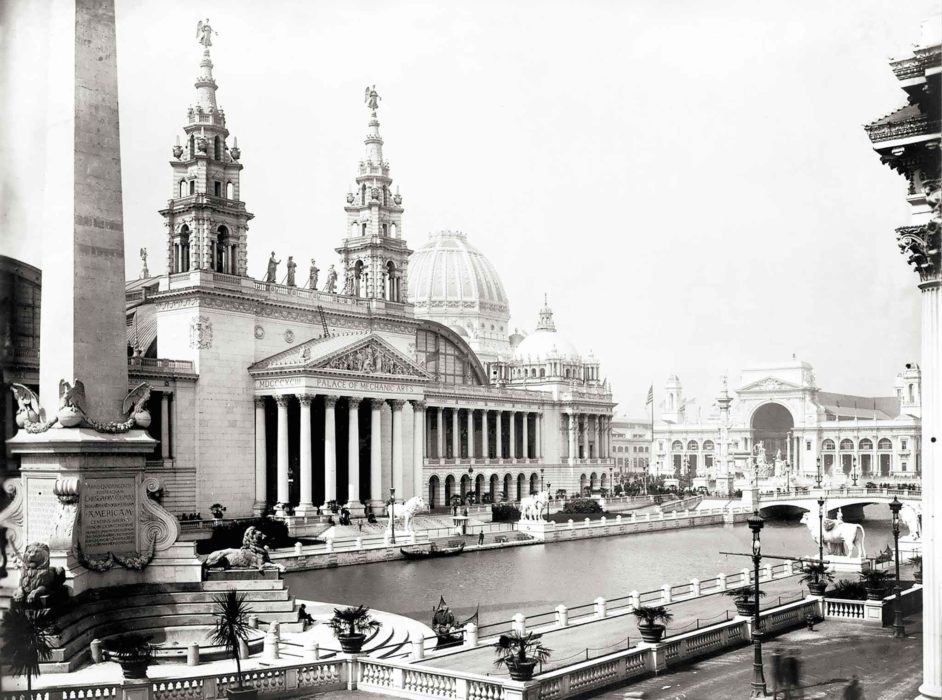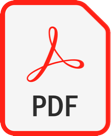LONG BEFORE ‘ABDU’L-BAHÁ set eyes on Chicago, he had decided that this soot-covered city deserved a special place in his heart.
He left Washington from Union Station on Sunday, April 28 at 5:25 p.m., on a twenty-hour train ride along the B&O Railroad to the Windy City. He had spent seventeen days in two of America’s most impressive cities, yet he was heard to say that he “likes Chicago more.” The reason, it turned out, was quite simple. Discovering it requires us to take a trip back two decades into Chicago’s history..
The World’s Columbian Exposition, which opened its doors on May 1, 1893, had one aim: to outdo all previous World’s Fairs. It stretched along Chicago’s South Shore like a dazzling metropolis. Its centerpiece, the “White City,” was a grand cluster of Neoclassical buildings covered with plaster of Paris and named for big ideas like Agriculture, Transportation, the Liberal Arts, even “Women.”
Thomas Alva Edison displayed a new invention that projected moving images onto a wall. Alexander Graham Bell sent voices over invisible light beams. A giant wheel, built by George Ferris, lifted riders higher than the Statue of Liberty. Then there were the light bulbs — over 90,000 of them. The electric age exploded into being when President Grover Cleveland stepped forward and pressed the button that set everything into motion.
By the time the Exposition was over, the world saw America differently. Visitors had beheld American ingenuity, and witnessed a humbling display of its economic, diplomatic, and industrial might.

While the exhibition presented America to the world, it also presented the world to Americans. The raucous Midway Plaisance featured exhibits from a hundred countries, all arranged according to the ethnological stereotypes of the time. Africans populated the remote end of the mile-long boulevard. As the visitor approached the White City, indigenous peoples, then Asians, Middle Easterners, and finally Europeans popped into existence. At the center, near the South Pond, stood the most civilized displays of them all: statues of a Harvard boy and a Radcliffe girl. Julian Hawthorne of Cosmopolitan magazine commented at the time: “You have before you the civilized, the half-civilized and the savage worlds to choose from — or rather, to take one after the other.”
Alongside the Exposition were almost 300 conferences on topics such as commerce, medicine, philosophy, and history. One of them, the World’s Parliament of Religions, was held offsite at the Art Institute of Chicago. Though many had felt it would be a risky proposition — people could be lured into thinking that Hinduism or Islam might have a modicum of truth — the Parliament forged ahead under a motto taken from the Old Testament: “Have we not all one father? Hath not one God created us?”
On September 23, Reverend Henry Jessup, a Presbyterian missionary living in Syria, delivered a paper at the Parliament about his experiences in the Middle East. In it, he quoted ‘Abdu’l-Bahá’s father — the prophet Bahá’u’lláh. Reverend Jessup said that the words “gave utterance to sentiments so noble, so Christ like” that he would repeat them to conclude his address:
“That all nations should become one in faith and all men as brothers; that the bond of affection and unity between the sons of men should be strengthened; that diversity of religions should cease and differences of race be annulled. What harm is there in this? Yet so it shall be. These fruitless strifes, these ruinous wars shall pass away, and the Most Great Peace shall come . . . . Let not a man glory in this, that he loves his country; let him rather glory in this, that he loves his kind.”
Reverend Henry Jessup had introduced Americans to Bahá’u’lláh, and it happened in Chicago.







